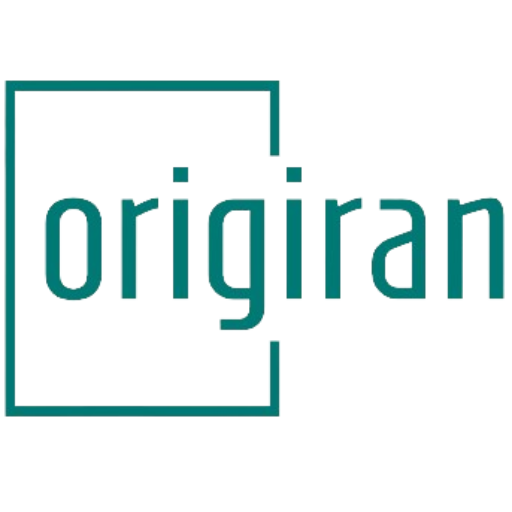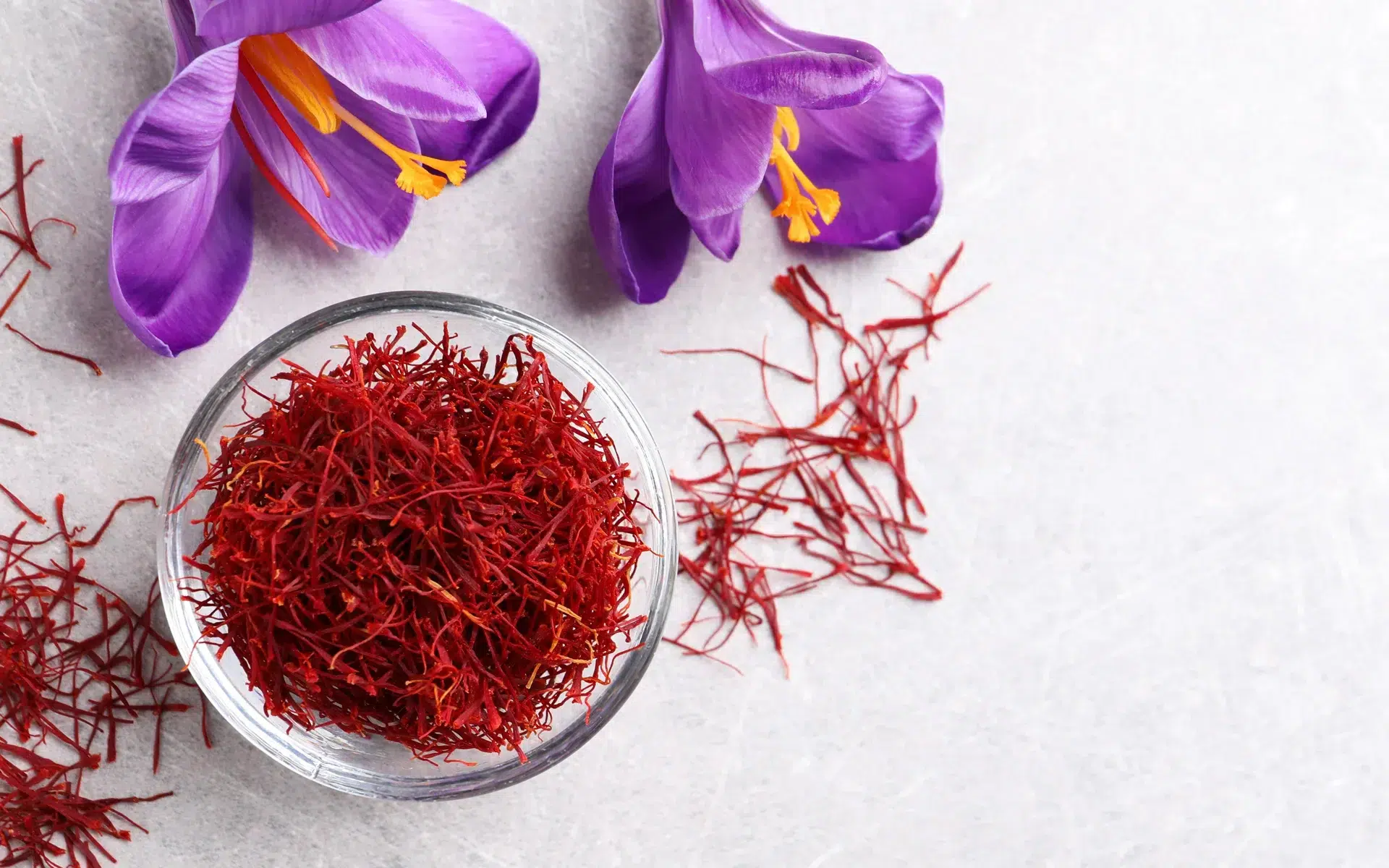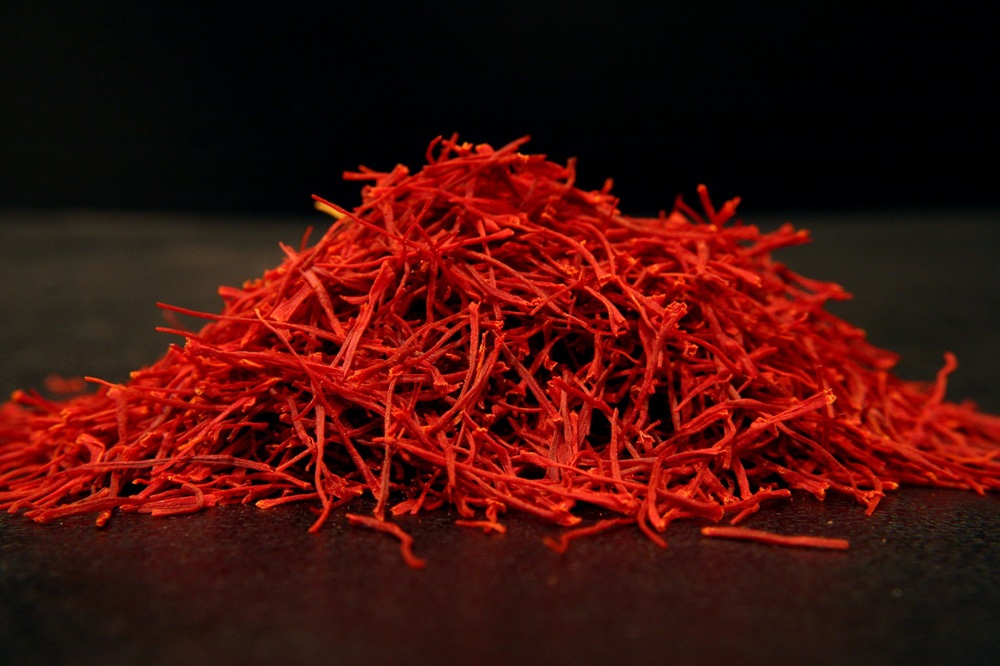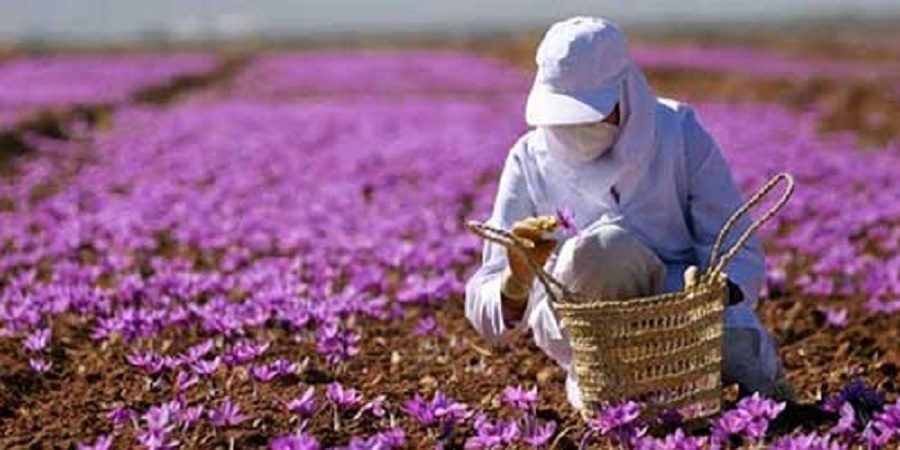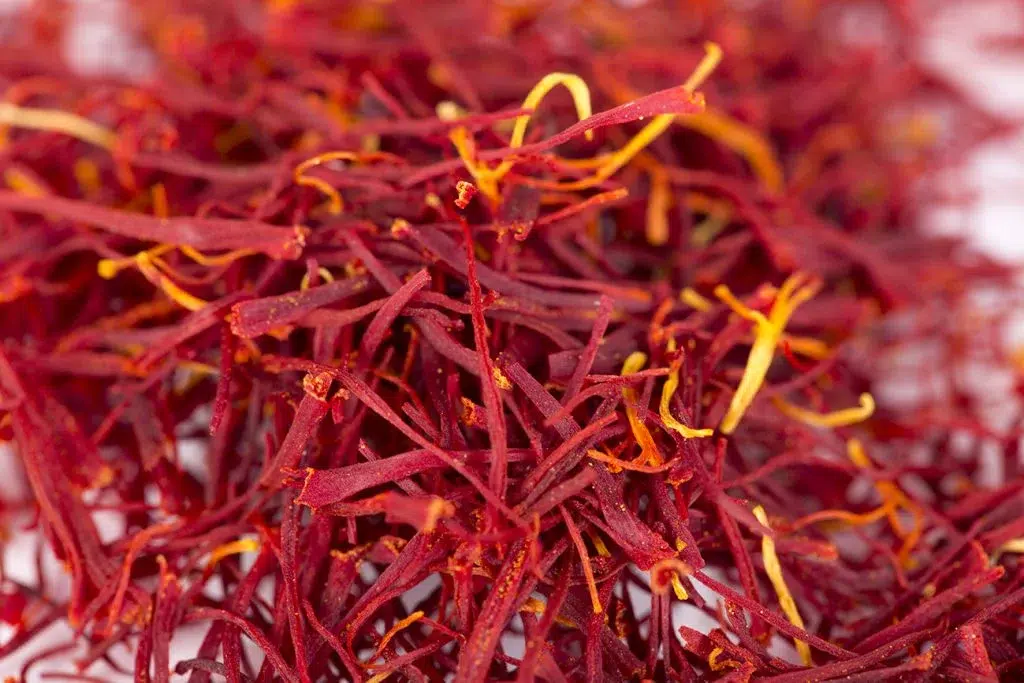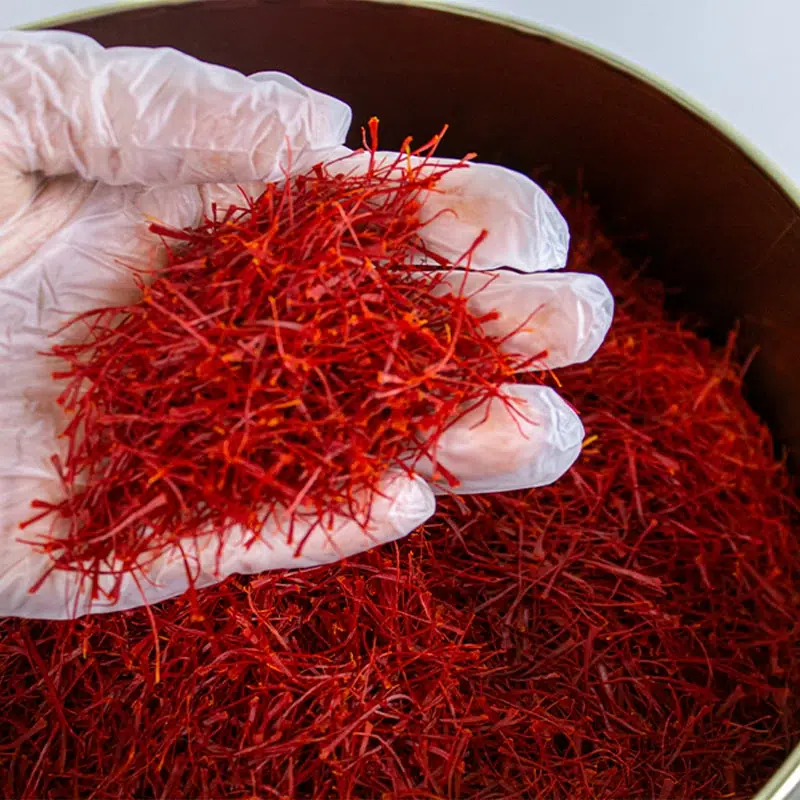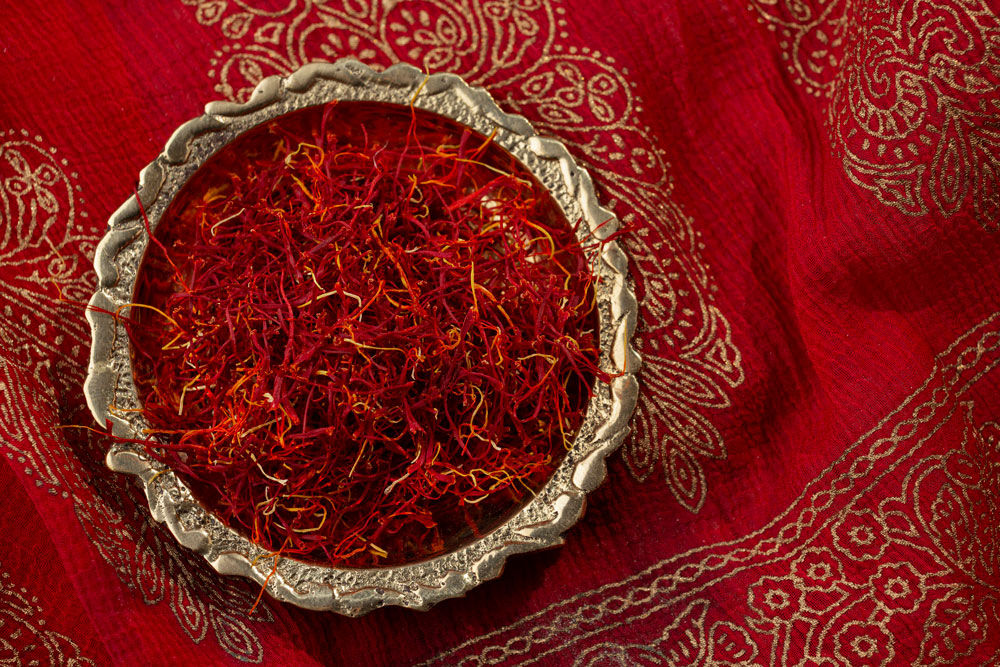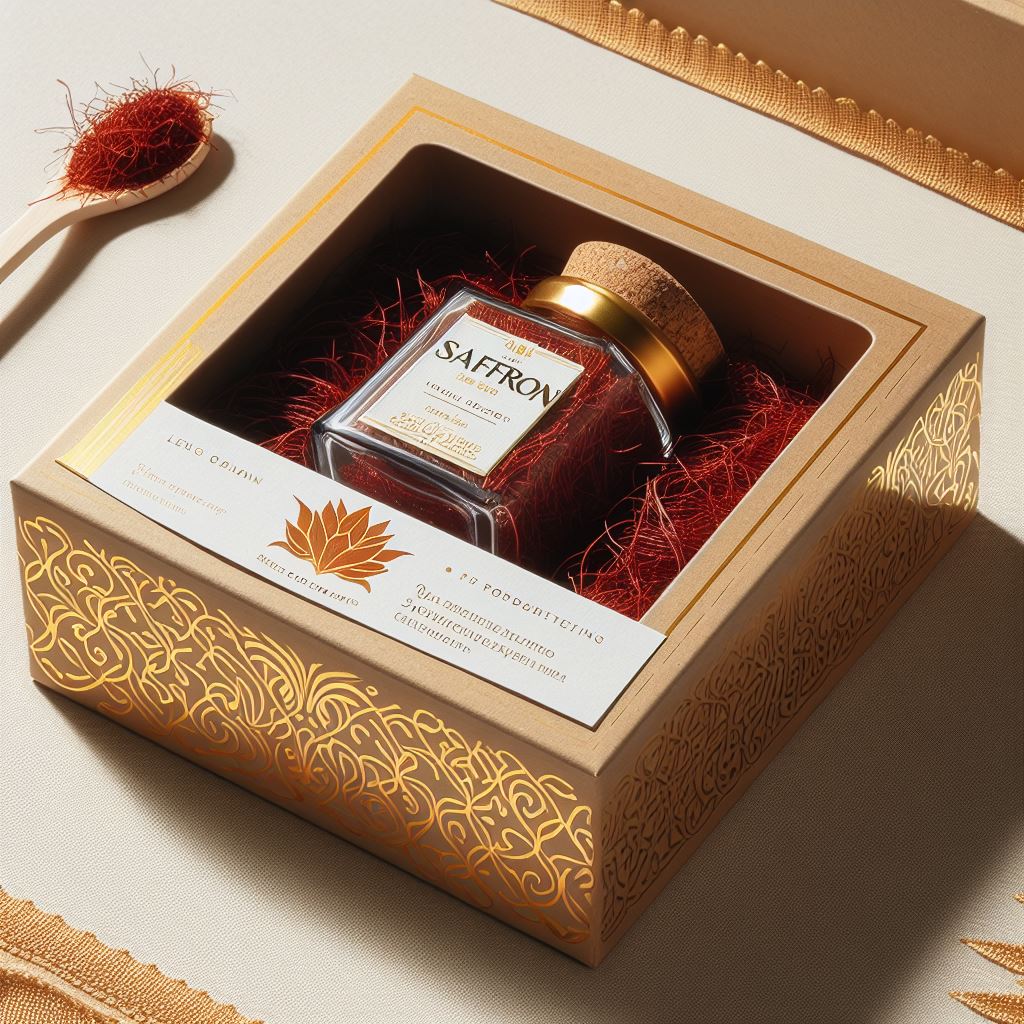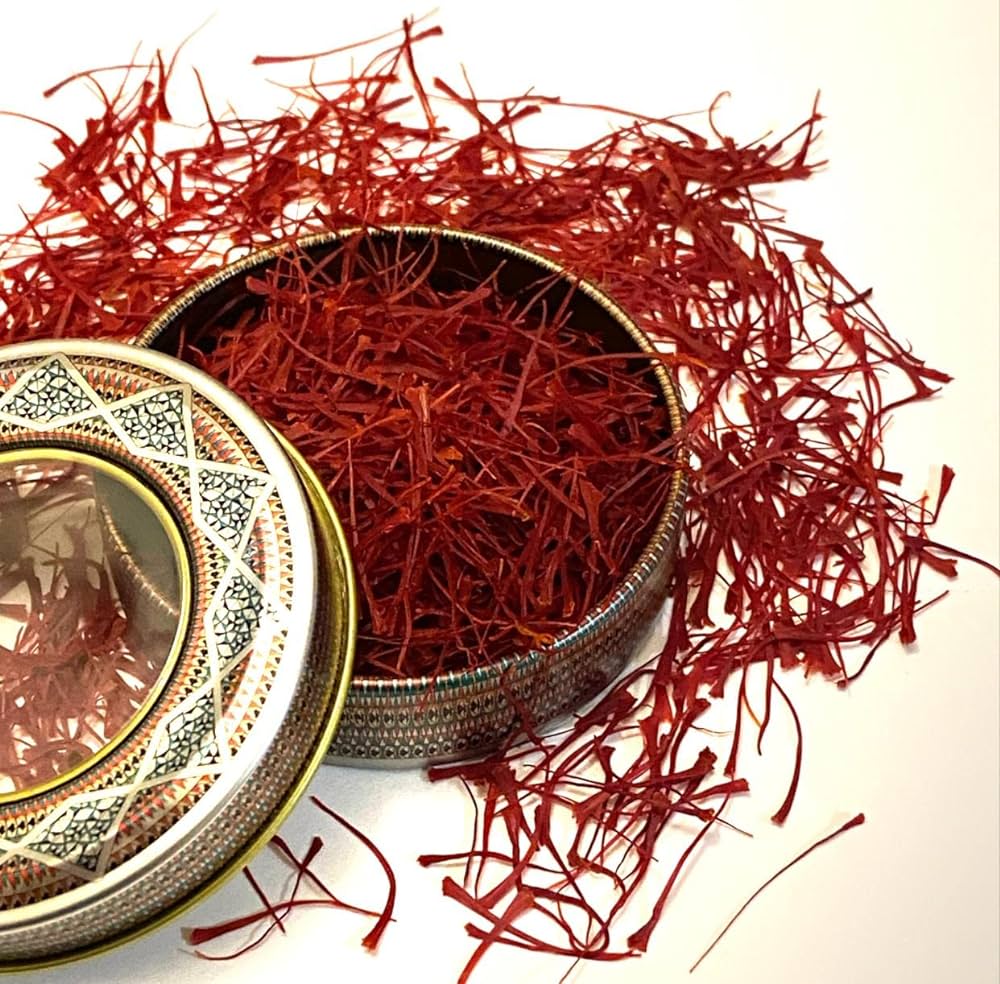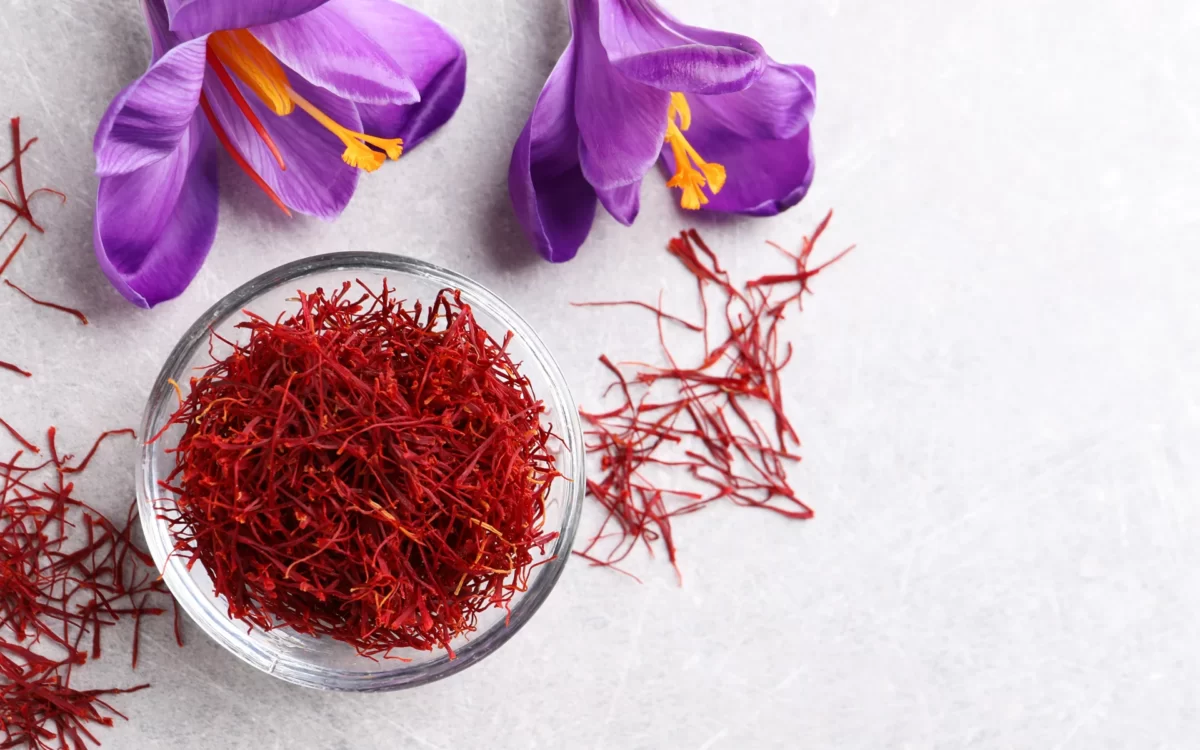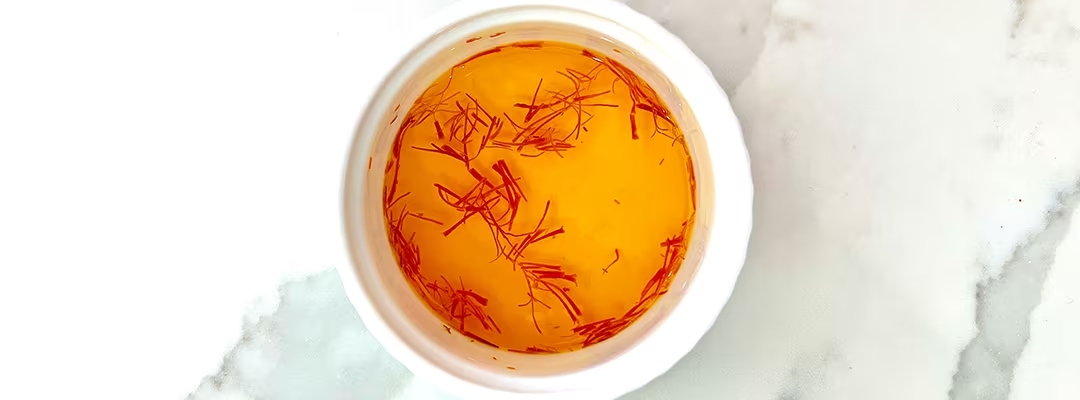Saffron, the world’s most expensive spice, demands a premium price for a reason. Cultivating, processing, and exporting this delicate thread require meticulous attention to detail and adherence to strict regulations. Here’s a breakdown of the key factors to consider when venturing into the world of saffron export:
Demystifying the Quality Standards:
ISO 3632: The Global Benchmark: As the cornerstone of international saffron quality assessment, ISO 3632, established by the International Organization for Standardization (ISO), dictates a series of test methods. These methods meticulously evaluate various parameters that define saffron’s quality, including:
Moisture Content: Excessive moisture not only reduces shelf life but also makes saffron susceptible to mold growth. ISO 3632 specifies the acceptable moisture level, ensuring the saffron reaches its destination in optimal condition.
Total Ash Content: Ash content refers to the mineral residue left after burning saffron. High ash content can indicate adulteration with foreign matter, diminishing the spice’s value. ISO 3632 helps identify such adulteration.
Coloring Strength: The vibrant crimson hue of saffron is a key quality indicator. ISO 3632 outlines methods to measure coloring strength, ensuring consumers receive saffron with the potency they expect.
Beyond ISO: Regional Variations: While ISO 3632 serves as a global benchmark, some regions have implemented additional quality parameters. For instance, the American Spice Trade Association (ASTA) offers its own standards, focusing on aspects like:
Volatile Oil Content: This volatile oil contributes to saffron’s unique aroma and flavor. ASTA standards ensure a minimum level of this oil is present.
Water Activity: Water activity refers to the amount of available water in a product. ASTA standards dictate acceptable water activity levels to prevent microbial growth and ensure product stability.
Navigating the Regulatory Maze:
Food Safety First: The paramount concern for any importing country is food safety. Stringent regulations are in place to safeguard consumers from harmful contaminants. Understanding and complying with these regulations is crucial. Here’s a closer look at some key examples:
The European Union (EU): The EU adheres to Regulation (EC) No 178/2002, which emphasizes a “farm to fork” approach to food safety. This regulation mandates traceability throughout the supply chain, ensuring saffron can be tracked back to its origin.
The United States: The U.S. Food and Drug Administration (FDA) enforces strict regulations for imported spices. These regulations cover aspects like microbial limits, pesticide residues, and labeling requirements.
Japan: Similar to the EU and US, Japan has its own set of food safety regulations for imported spices. The Ministry of Health, Labour and Welfare (MHLW) is responsible for enforcing these regulations.
Beyond the Standards:
Traceability: Modern consumers are increasingly concerned about the origin and ethical sourcing of their food. Building a transparent supply chain with documented provenance can give your saffron a competitive edge.
Packaging: Saffron is highly susceptible to light, moisture, and temperature fluctuations. Investing in airtight, light-resistant packaging helps preserve quality and extend shelf life.
Remember:
Stay Informed: Export regulations can be subject to change. Regularly consult with your government’s export control agencies and the relevant authorities in the importing country.
By adhering to these standards and best practices, you can ensure your saffron reaches international markets in pristine condition, commanding a premium price and solidifying your reputation as a reliable exporter.
